Car review: VW ID.4 – the Tiguan theme’s electric variant
Much has been written about the VW ID.4, and now we can finally deliver our first-drive review as Christoph M. Schwarzer took the company’s “world-class car” for a tour on wintry curvy country roads in Germany.
Our author finds Volkswagen’s electric SUV having better market prospects than the ID.3, not only because SUVs are popular worldwide, but also because the ID.4 surpasses the ID.3 in terms of quality and feel.
* * *
Wow, it’s big. The Volkswagen ID.4 is quite a heavyweight. At least on first sight. There is also a difference in numbers compared to the VW ID.3. Volkswagen’s new electric SUV is 4.58 meters long (32 centimetres more), 1.64 meters high (plus seven centimetres) and 1.85 meters wide without mirrors (four centimetres increase).
The ID.4 and ID.3 are only identical in terms of wheelbase, which is 2.77 meters. The size results from the Modular Electrification Building Kit (MEB), which builds the base for both.
Until the all-wheel-drive GTX version with an additional asynchronous motor on the front axle (75 kW, 151 Nm) appears next spring, there is only one drive variant for this electric SUV. The synchronous rear motor produces 150 kW, has a maximum torque of 310 Nm and draws power from a battery with 77-kilowatt hours (kWh) net capacity. This package will become popular, Volkswagen suspects. Perhaps, industry circles speculate, almost as many ID.4s as ID.3s will be sold in Germany in 2021. In any case, the chances are good, as became clear during a first test drive over 190 kilometres.
The car simply suits. The interior is generously proportioned – even the space above the rear seats – and choice of materials is what you would expect from Volkswagen: high quality. Unlike in the ID.3, the brand used earthy colours in the ID.4 that creates warmth. Pressing the brake pedal at outside temperatures of two degrees confirms the impression as the heating’s warmth fills the car quickly. Carmakers should never skimp on heating energy because, besides comfort, safety also suffers when people freeze and windows fog up. From picking up the car near Wolfsburg, the route heads south toward the Elm. The Reitling Valley runs through this low mountain range, which many motorcyclists frequent in summer because of its curves.
Playful driving thanks to precise steering
In December, on the other hand, there is a fog, and the roads are damp. It’s the wrong time to push the ID.4 1st Max to its limits. What can be established: the steering is precise and offers accurate feedback. This makes handling easy despite the excess weight (2,124 kg, all data, according to configurator). As with the ID.3, traction in tight bends is first-rate. A heavy engine on the rear-drive axle is the same principle used to ensure best weight distribution in the Beetle and today in the BMW i3 and Tesla Model 3 SR+. The rear-motor-rear-drive concept does form a sharp contrast to the many electric cars with front-wheel drive, which already have trouble transmitting power on dry roads.
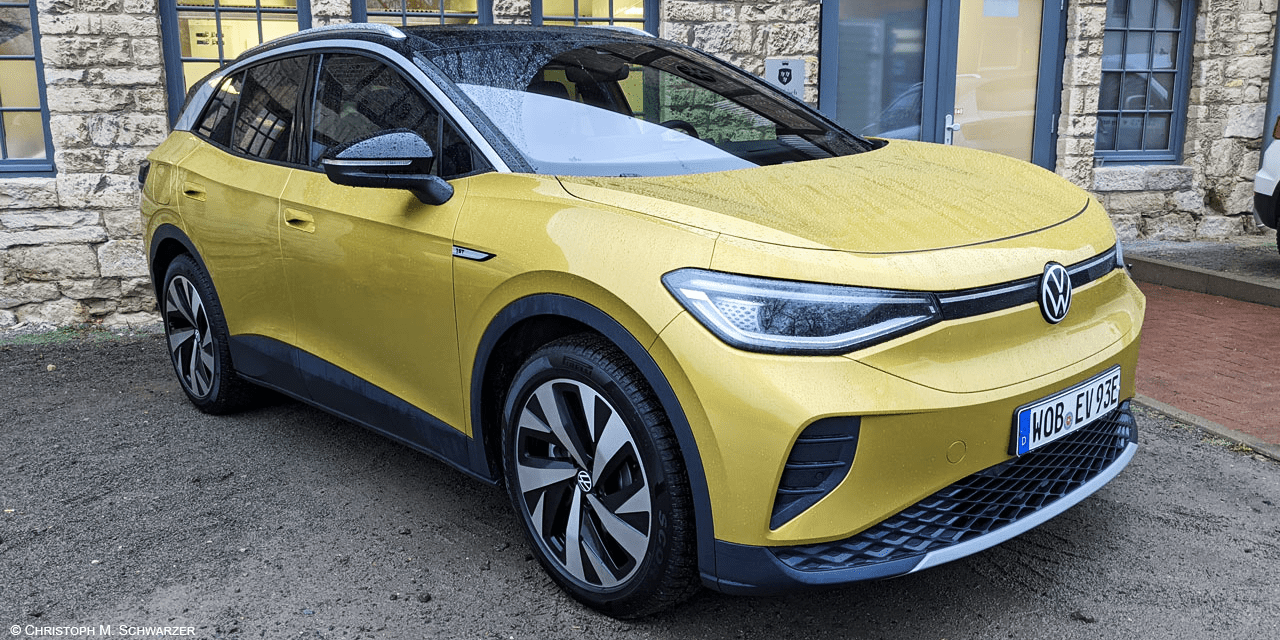
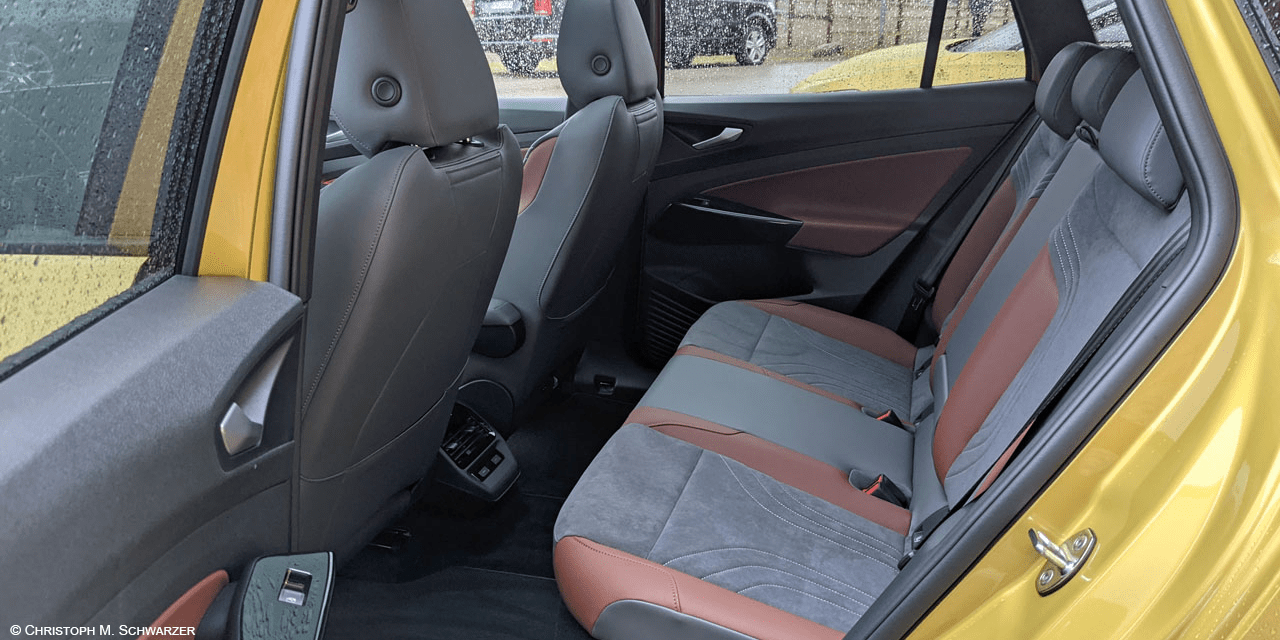
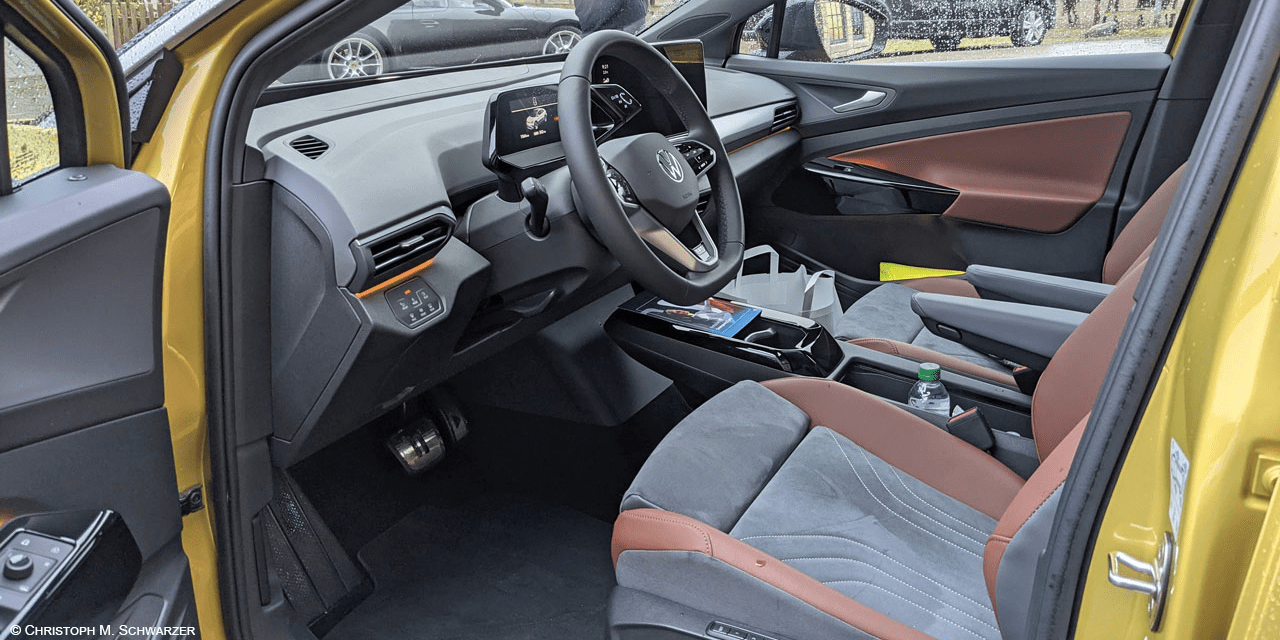

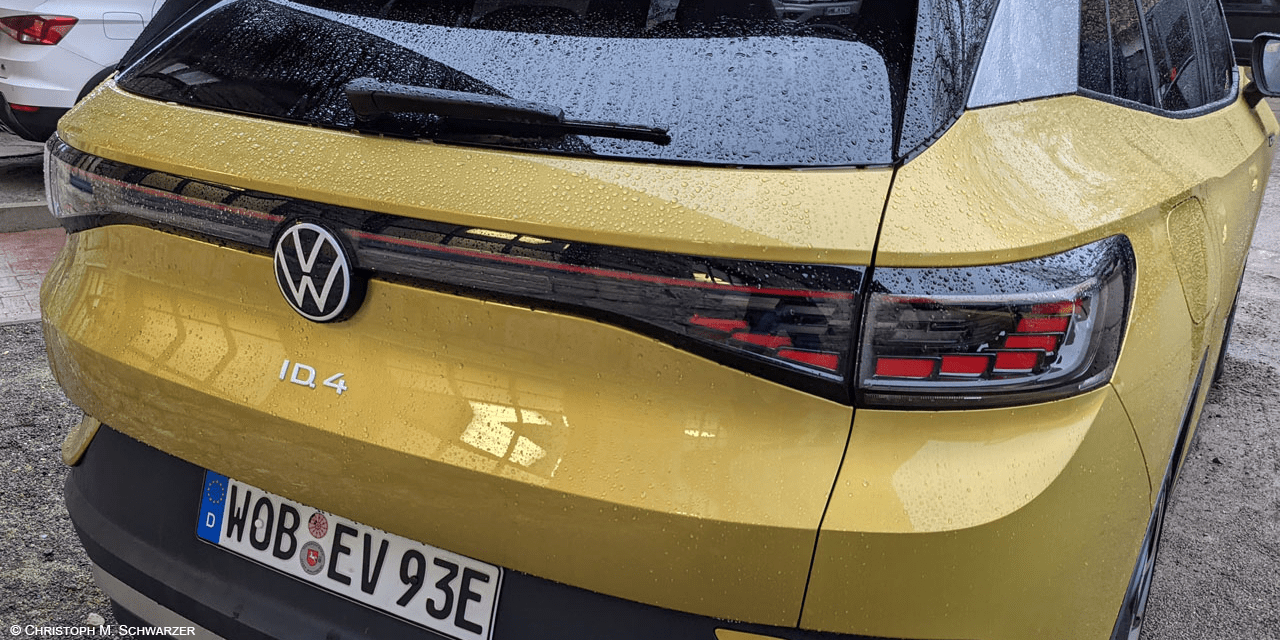
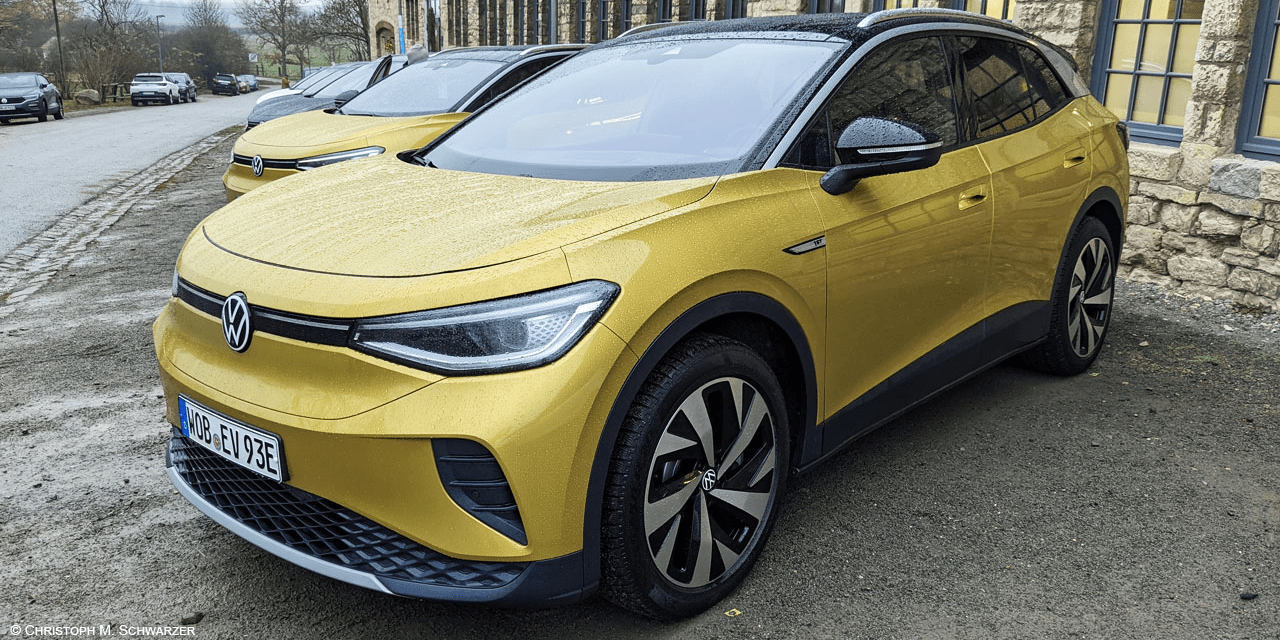
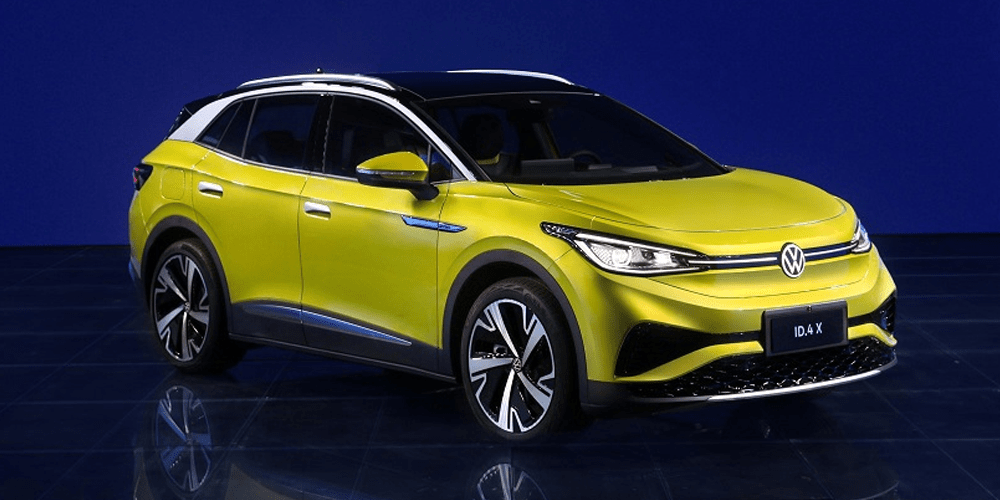
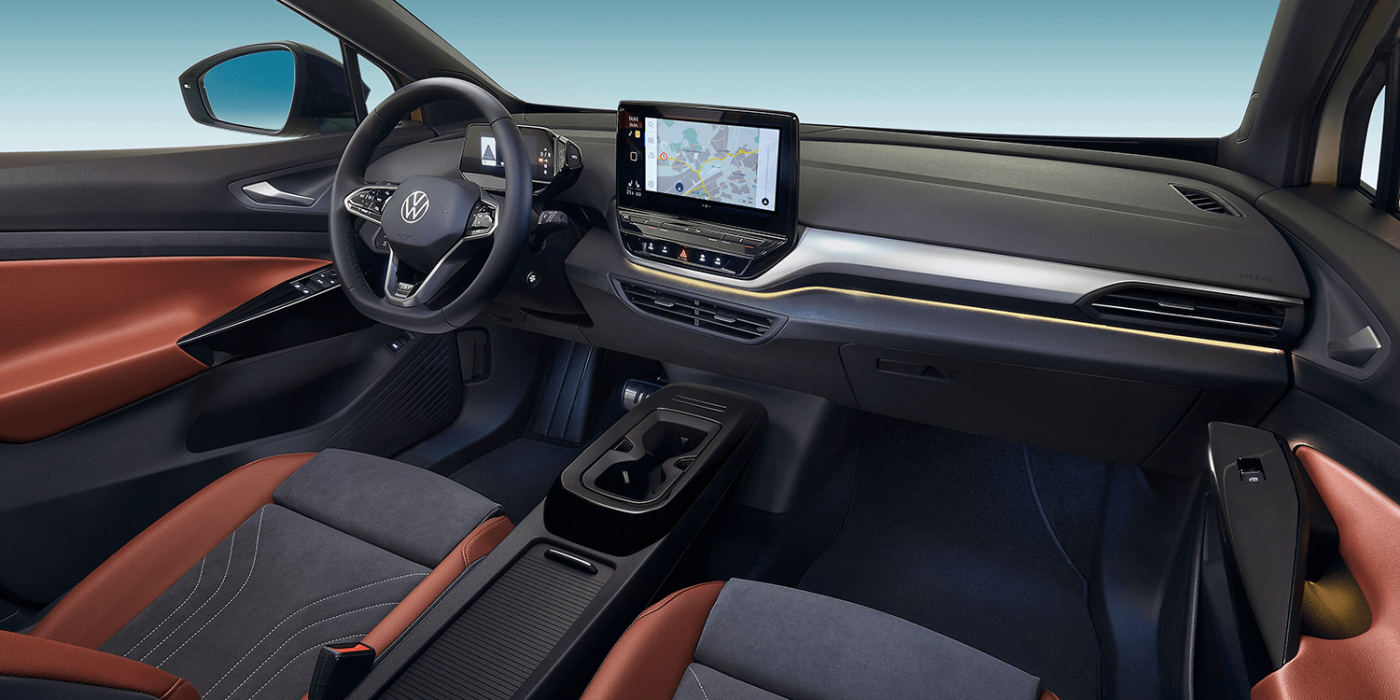
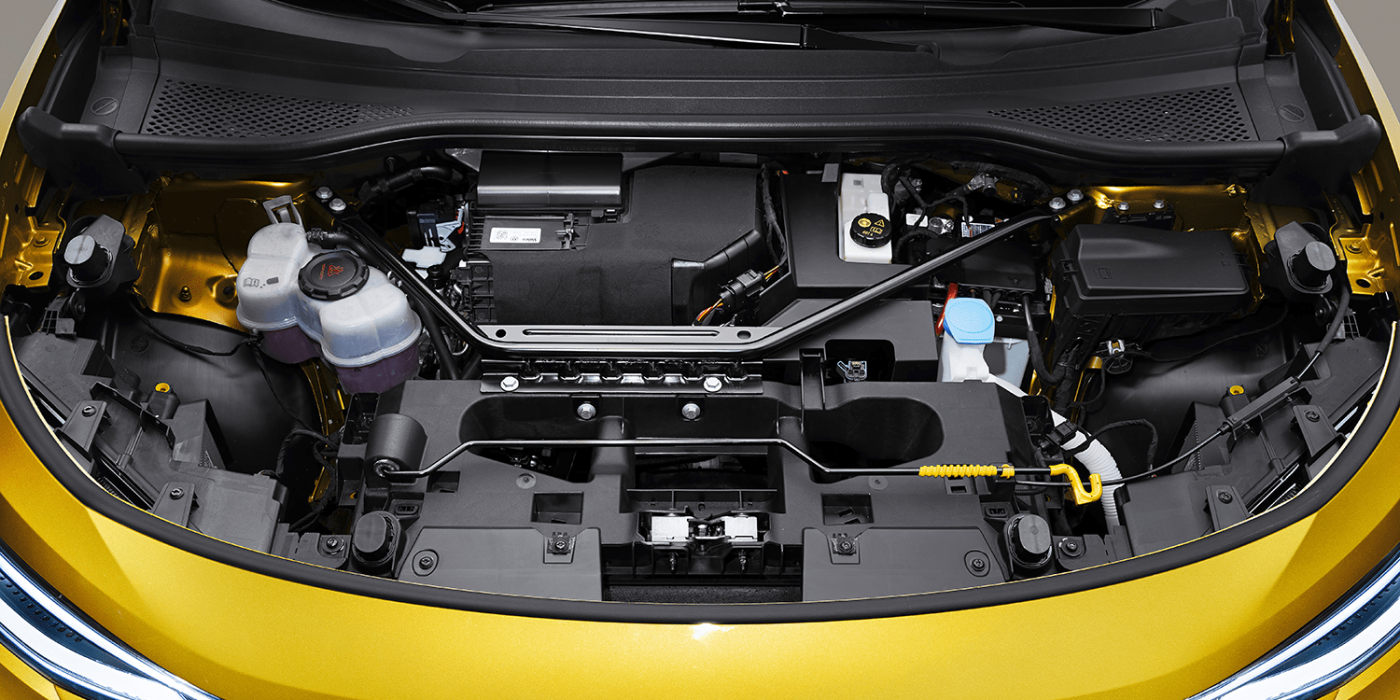
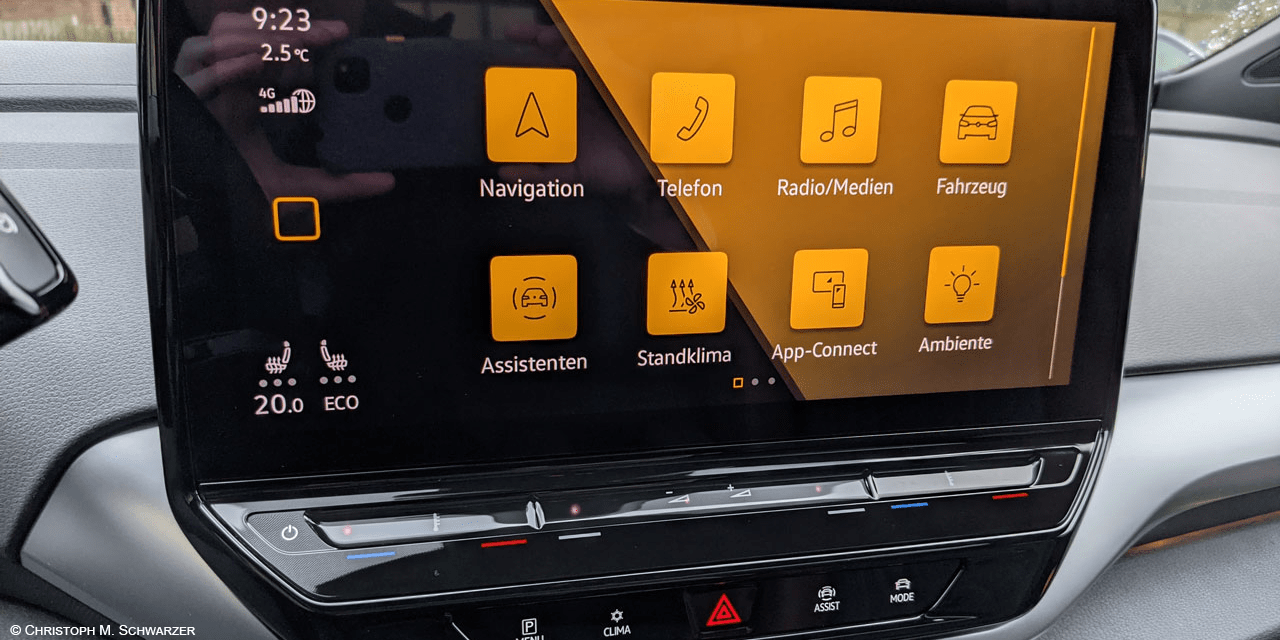
Thanks to the elaborate and effective noise insulation, speeds feel lower than they are. That may seem a bit boring because objectively the ID.4 accelerates to 100 km/h in 8.5 seconds and on to the top speed of 160 km/h. But that’s the way the clientele wants it, and a glance in the rearview mirror once again produces the typical electric car experience: where are the others who were sitting on the bumper at the traffic lights?
The Volkswagen ID.4 1st Max features augmented reality as standard. An extra that VW will only add to the ID.3 with the ME 2.0 and 2.1 updates. For example, the navigation system’s arrows are displayed above the usual head-up display: If there is a right turn in about 500 meters, a small blue arrow appears. It grows larger as the vehicle approaches, and immediately before the turn, the light bar at the bottom of the windshield emphasises the prompt. What else? Anyone threatening to veer out of their lane gets a broken orange line superimposed right next to the solid line. And the detection of a vehicle ahead is made clear by a green line directly behind it.
Significantly improved software
Do we need augmented reality? Of course not. But it shows the direction in which driver assist systems are going. It also sets the car apart from the competition. The author of this article admits that he is still unsure whether the enthusiasm about this system outweighs the initial scepticism: The blending of software reality and reality is fascinating. However, at least the green line of detecting the car in front is irritating, and a short familiarisation with augmented reality was also necessary.
The rest of the software consistently shows what VW should improve in the ID.3 with the update: The work speed has increased considerably. The voice control (can be activated via button or “Hello ID”) does its job very well in many areas like navigation, but not yet perfect. Thus, many, but not all functions are already operable by voice. And how precisely the route planning and ideal charging station integration – now finally available in principle – calculates must be shown in a practical test longer than the 190 km day trip.
Fascinating and clearly positive in the Volkswagen ID.4 are the predictive recuperation and Travel Assist function. During route guidance, all speed limits, including variable signs over highways, were recognised and automatically adopted. Before roundabouts or tight curves, the Volkswagen ID.4 decelerates to a reasonable speed and then accelerates again. This is how automated driving works today, and the result is maximum comfort and increased safety. Top.
345 km real-world range
Regarding power consumption: The combined factory specification, according to WLTP, is 18.5 kWh / 100 km. This legally prescribed value includes losses during charging. During the test drive, it was naturally only possible to read the onboard computer. The average was 22.3 kWh / 100 km, which results in a calculated range of 345 km.
On the cross-country trip, the consumption value dropped to 21.7 kWh, which corresponds to 355 kilometres. And on the highway with a reference speed measured by GPS (speedometer display 132 km/h), 26.8 kWh / 100 km were readable. This makes 287 km until the forced stop. A more extended test must also show the DC charging curve. Because of the time pressure, we got only one indicator: At a SOC (abbreviation for State of Charge or battery charge level) of 68 per cent, it was 40 kW. That is less than the Dutch provider Fastned published for the charging curve of the ID.3 with 58 kWh capacity and therefore a clear indication of a battery that has not yet warmed up. The peak charging power of the ID.4 is supposed to be 125 kW, and on the AC side, eleven kW three-phase is standard.
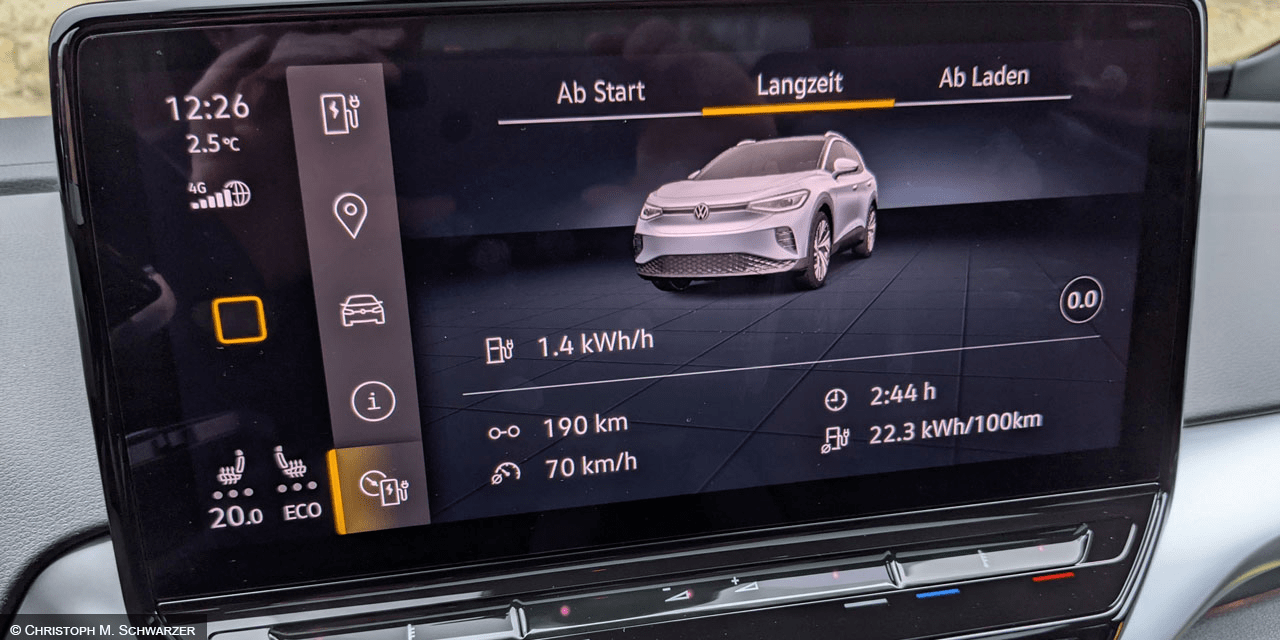
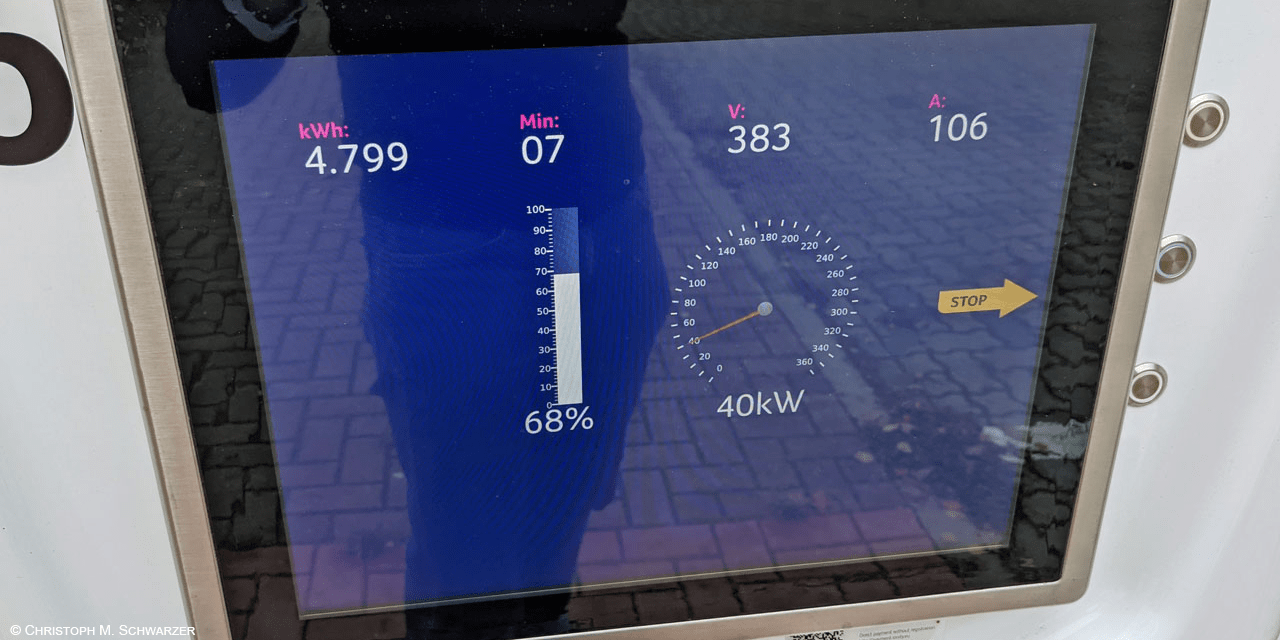
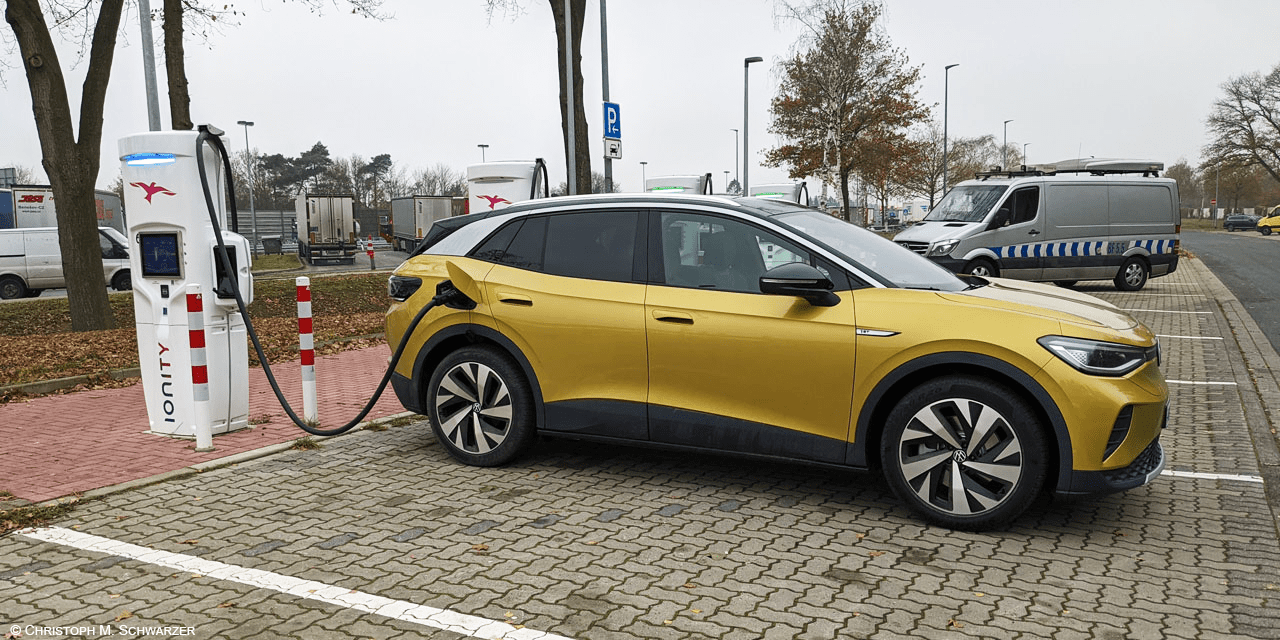
That the ID.4 is sure to succeed is due to the international demand for SUVs in this segment, the current absence of competitors (the Brandenburg Tesla Model Y, the BMW iX3 and the Skoda Enyaq will only follow in 2021) and the higher family suitability compared to the ID.3. For example, the roof load is 75 kg, the towing capacity is one ton at a twelve per cent gradient (eight per cent: 1,200 kg), and the trunk volume of 543 litres (sorry, no frunk) is not too far from the Tiguan (615 l). Scandinavian VW buyers, for whom the ski box is essential, will therefore have to reach for the E-SUV just as much as those who want to transport two pedelecs. The 55 kg on the ID.3 is simply too little when you add the carrier’s weight plus two touring e-bikes.
So what’s the cost? Coincidence or not, the lavishly equipped Volkswagen ID.4 1st Max is priced at 58,438.68 euros with 16 per cent VAT in Germany, precisely below the magic limit of 60,000 euros gross.
For the most basic Volkswagen ID.4 (“Pro”), Volkswagen charges 43,329.42 euros. Because the net base price here is below 40,000 euros, the e-SUV is eligible for the full subsidy amount of the so-called German innovation premium of 9,480 euros. This leaves a base price of 33,849.42 euros or the analogous leasing rate. That is by no means cheap. But for many customers, it opens the way to an extremely comfortable electric car with plenty of space for family and leisure and a range that does not rule out vacation trips. The fact that quality feel and software are now where they belong with the Volkswagen name is good news. What remains is a strange feeling because such a large and massive vehicle appears the new world standard for the suburbs.
Reporting by Christoph M. Schwarzer, Germany.

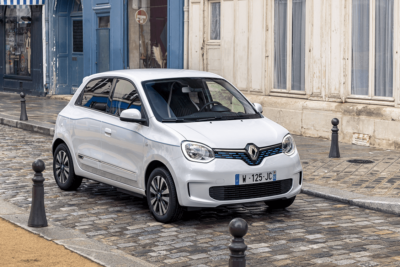
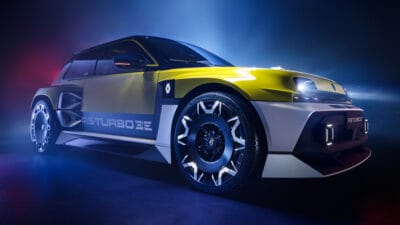
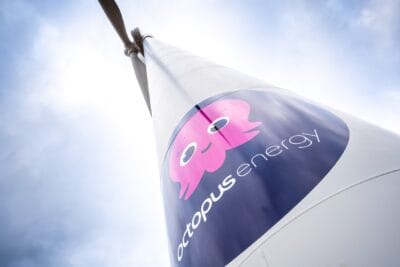
2 Comments